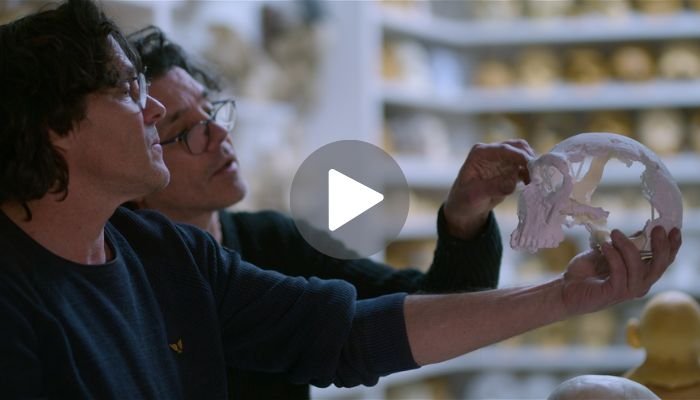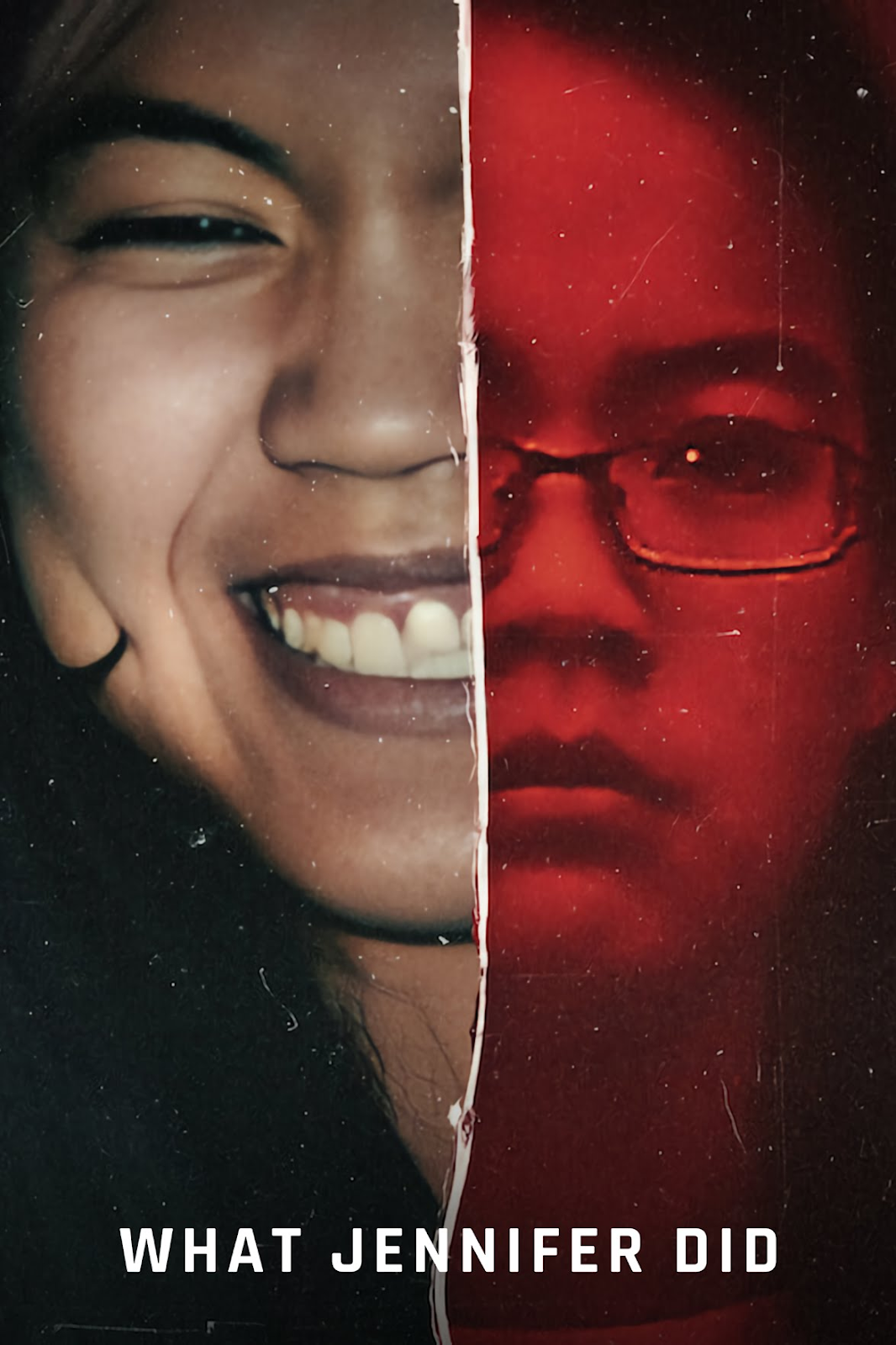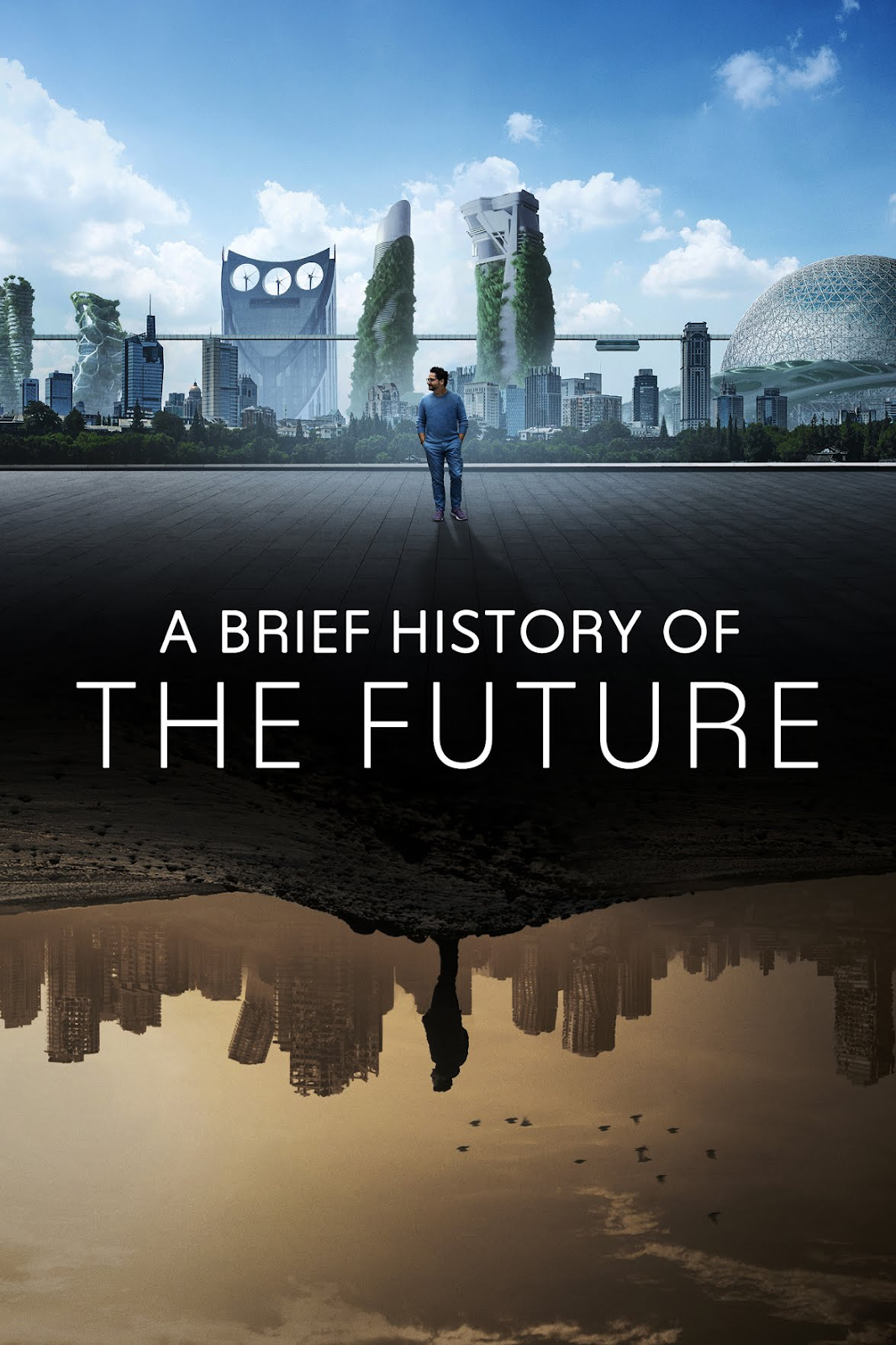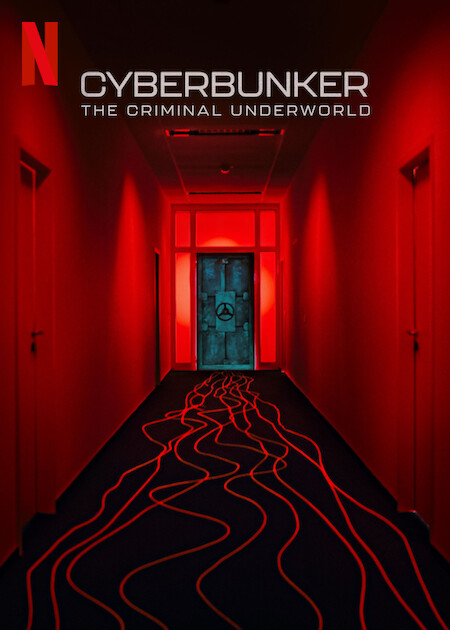
Secrets of the Neanderthals is a BBC Studios-produced British historical documentary film. It is directed and produced by Ashley Gething, executive produced by Andrew Cohen and Gideon Bradshaw. Sir Patrick Stewart narrates the film, which has a running time of approximately 1 hour and 20 minutes.
The documentary stars Dr Emma Pomeroy, Professor Graeme Barker, Abdullah Barzani, Abdulwahab Sulaiman Hasan, Michael Hitchcock, Davorka Radovcic, Dr Ankica Oros Srsen, Professor Chris Hunt, Dr Lucia Lopez-Polin, Dr Amanda Henry, Adrie Kennis, Alfons Kennis, Dr Sophie Verheyden, Professor Jacques Jaubert, Dr Clive Finlayson and Prof Geraldine Finlayson.
Secrets of the Neanderthals is an enthralling exploration that challenges preconceptions about Neanderthals as primitive creatures – revealing them to have been creative and innovative beings. In this context it uncovers an extraordinarily well-preserved skeleton of a Neanderthal man. This leads to stunning revelations about how complex these ancient species really were.
The Review
The Middle East is known to be the treasure chest when it comes to digging out history — specifically ours or our long-lost evolutionary cousins’ — who went extinct some 40 thousand years ago: the Neanderthals. While traces of these ancient beings have been found all over the world (Ever heard of Shanidar Cave? We’ll get there in a minute.), nowhere else in the region has such a rich history been recorded.
In fact no other place on earth compares with what was discovered there in the 1950s when at least ten Neanderthal men women and children were found buried together at Shanidar Cave in Iraqi Kurdistan — an iconic site that archaeologists are still following up on today along the same paths set by Ralph Solecki some 70 years ago.
Work was shelved in the 2000s due to geopolitical tensions but was reignited in 2015 when Kurdish authorities invited a group of British archaeologists. Enter key personalities Dr Emma Pomeroy and Professor Graeme Barker who, in 2018, stumbled across a newly discovered skeleton — Shanidar Z — that comprised much of the upper body, including the spine, shoulders, arms and hands. It is one of the most complete bodies ever found.
After receiving permission from the local Department of Antiquities, the skull fragments were transported to the UK encased in sediment blocks where they began their journey through extraction, stabilisation and reconstruction. It took an archaeological conservator over a year to successfully piece together.
Following completion of construction works on a replica skull was scanned and sent to Adrie and Alfons Kennis — prominent Dutch artists known for creating accurate fleshed reconstructions using bone and fossil remains as their base material. With the release of Netflix’s Secrets of The Neanderthals came also an unveiling to the world of a 3D model showing what a Neanderthal might have looked like back then.
Also as per findings from studying these remains it appeared that many of this species thought-to-be primitive or lacking cognition are actually not. For instance sharpened stones shaped like spearheads or cut marks on other Neanderthal bones (or those belonging to animals) show they were way more creative if not innovative than we give them credit for — with mass graves at Shanidar Cave indicating some form burial practice too among others
It appears to display a funeral custom in which bodies were carefully placed around a tall stone pillar. Each person was positioned in the same way, indicating a common burial practice. But when Solecki found pollen from flowers with the remains — leading him to hypothesize that they acted similarly emotional — his peers suggest the pollen might have been deposited later by burrowing bees, or come from flowering branches that were put on top of the bodies to keep away animals.
Secrets of the Neanderthals goes beyond Shanidar Cave, exploring sites such as Zagreb in Croatia, Bruniquel in France and Gibraltar’s Gorham’s Cave Complex where experts have found important signs of their long presence. But the biggest mystery endures: Why did they vanish? One possible answer — extremely cold and dry weather caused by climate change — can’t be answered conclusively.
But does it also ask what our fate is? Neanderthals were likely once the most advanced species on Earth. Yet years continue to find their traces and pose an urgent question of whether Homo sapiens are following suit. As much as time will tell our fate, this documentary felt at times overly dramatic. On one hand, experts say they can’t say what these ancient species looked like or how they behaved.
However, the dramatisation project did make them look very primitive at times and superhumanly at others. It is done for better understanding for a layman but if it cannot be so accurate then do not use things like live dramatisation. Also history is always fun and educational but when supposed experts over exaggerate simple things such as a sharp stone near a bone hundreds of years ago as something ‘immaculate’ it does get boring after awhile especially if you never explain why its even important..
Watch free movies on Fmovies







